
Obesity, Inflammatory and Thrombotic Markers, and Major Clinical Outcomes in Critically Ill Patients with COVID-19 in the US
In critically ill patients with COVID-19, higher BMI was not associated with death or thrombotic events but was associated with a greater risk of ARDS and AKI-RRT. The lack of an association between BMI and circulating... read more
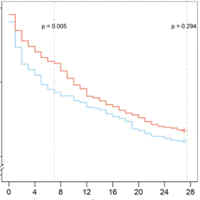
Etomidate vs. Ketamine for Emergency Endotracheal Intubation
While the primary outcome of Day 7 survival was greater in patients randomized to ketamine, there was no significant difference in survival by Day 28. A prospective, randomized, open-label, parallel assignment, single-center... read more
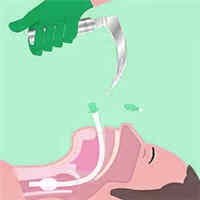
Endotracheal Intubation vs. Supraglottic Procedure in Pediatric OHCA
The findings of this large cohort study suggest that endotracheal intubation (ETI) in pediatric out-of-hospital cardiac arrest (OHCA), although performed by trained physicians, is associated with a worse outcome, regardless... read more
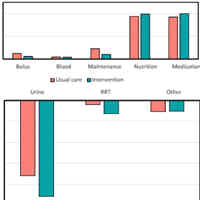
Feasibility of Conservative Fluid Administration and Deresuscitation vs. Usual Care
A strategy of conservative fluid administration and active deresuscitation is feasible, reduces fluid balance compared with usual care, and may cause benefit or harm. In view of wide variations in contemporary clinical... read more
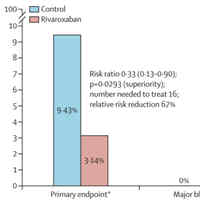
Rivaroxaban vs. No Anticoagulation for Post-discharge Thromboprophylaxis After COVID-19 Hospitalisation
In patients at high risk discharged after hospitalisation due to COVID-19, thromboprophylaxis with rivaroxaban 10 mg/day for 35 days improved clinical outcomes compared with no extended thromboprophylaxis. From Oct 8,... read more
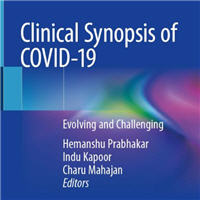
Clinical Synopsis of COVID-19: Evolving and Challenging
Coronavirus disease or COVID-19 or SARS-CoV-2 infection is the latest pandemic that has affected humans globally. The disease has manifested itself in several forms and is now the focus of research worldwide. This book... read more

Optimal Follow-up After Acute Pulmonary Embolism
This position paper provides a comprehensive guide for optimal follow-up of patients with acute pulmonary embolism (PE), covering multiple relevant aspects of patient counselling. It serves as a practical guide to treating... read more

A Rare of Case of COVID-19-Related Pericardial Effusion and Cardiac Tamponade
Acute pericarditis involves inflammation of the pericardial sac, which is made of an inner mesothelial visceral layer that surrounds the heart. Normally, this layer produces ~50 mL of fluid to lubricate the heart and... read more

ARDS and High Blood Endocan Profile During COVID‑19
With great interest, we read the recently published paper by Pascreau et al. concluding that a high blood endocan profile during COVID‑19 distinguishes moderate from severe acute respiratory distress syndrome (ARDS). In... read more

The Truth About High-Dose Insulin
The agent involved when our poison center is consulted about cases of calcium channel blocker (CCB) poisoning these days is almost invariably amlodipine. Quite often, the clinical team will be reaching for high-dose insulin... read more
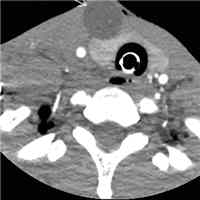
Foley Catheter Tamponade Usage for Bleeding Control in Penetrating Injuries
We recently used a Foley catheter to manage a stab wound to the left anterior neck (zone 1) in a 26 year-old male. Police arrived shortly after the incident but couldn’t stop the bleeding with external compression with... read more
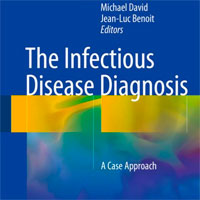
The Infectious Disease Diagnosis: A Case Approach
This text uses cases to illustrate differential diagnoses of various infectious diseases. Unlike any other book on the market, this book is specifically designed for ease of use and can cater to a variety of medical professionals... read more
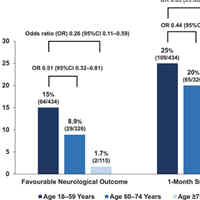
Neurological Outcomes in Patients with OHCA who received ECPR
Little is known about the difference in outcomes between young and old patients who received extracorporeal cardiopulmonary resuscitation (ECPR) for out-of-hospital cardiac arrest (OHCA). Therefore, we aimed to investigate... read more
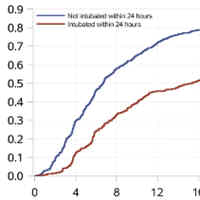
Outcome After Intubation for Septic Shock with Respiratory Distress and Hemodynamic Compromise
Intubation within 24 h of sepsis was not associated with hospital mortality but resulted in fewer 28-day hospital-free days. Although intubation remains a high-risk procedure, we did not identify an increased risk in mortality... read more








